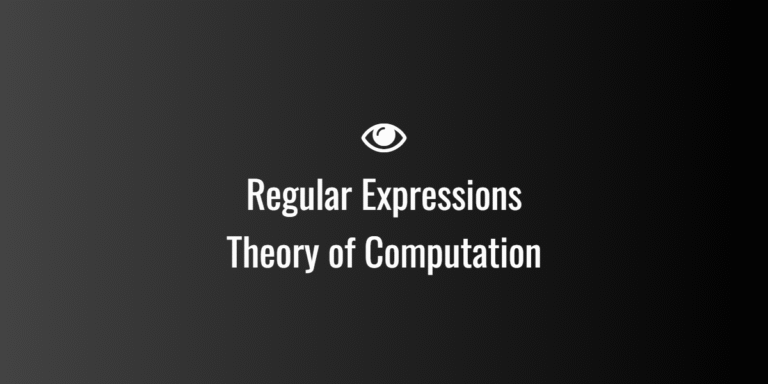
Constructive Proof Proof techniques Theory of Computation
⭐ What Is a Constructive Proof? (In Simple Words)
A constructive proof shows something exists by explicitly building it.
- If you claim a DFA exists → you design the actual DFA.
- If you claim a grammar exists → you write the production rules.
- If you claim a string exists → you construct the string step by step.
So instead of giving a vague or abstract argument, you roll up your sleeves and create the object.
It’s like proving a recipe works not by talking about it, but by cooking the dish in front of someone.
⭐ Why Constructive Proofs Matter in TOC
Theory of Computation is full of “building” tasks:
- building finite automata
- building regular expressions
- building context-free grammars
- building Turing machines
- building product machines for closure proofs
- building example strings (“witnesses”)
In all these cases, a constructive proof is the most natural approach.
It shows the how, not just the what.
⭐ Simple Visual Diagram (Constructive Proof Path)
Here’s an easy way to visualize the idea:
Claim: "Something exists"
│
▼
Step 1: Construct the object
│
▼
Step 2: Show that it works correctly
│
▼
✔ Proof is completeAnother small diagram that captures the feel of a constructive proof:
Existence → Build → Verify → Done⭐ Warm-up Example (Everyday Analogy)
Claim:
There exists a path from your home to the nearest shop.
Constructive Proof (everyday version):
Walk outside, take the left turn, go straight, and you reach the shop.
You didn’t argue about maps or possibilities — you built the path by showing it step by step.
This is the spirit of constructive proofs.
⭐ Simple Math Example (to Understand the Idea Clearly)
Claim:
There exists an even number greater than 20.
Constructive proof:
Let’s choose 22.
It’s even.
It’s greater than 20.
Done.
You created (or selected) the object.
That’s constructive proof.
⭐ Constructive Proof in Theory of Computation (Easy Example)
Claim:
If a language is regular, then a DFA exists to recognize it.
Constructive Proof Approach:
- Start by assuming the language ( L ) is regular.
- Instead of just saying a DFA must exist, we build one:
- choose states
- choose alphabet
- define transitions
- set a start state
- pick accepting states
- Once the DFA is written out, we check that it accepts all strings in ( L ) and rejects those not in ( L ).
This is a constructive proof because we didn’t rely on magic — we constructed the machine.
⭐ Constructive Proof in Closure Property (TOC Example)
Claim:
The union of two regular languages is regular.
Constructive Proof:
- Let ( L_1 ) and ( L_2 ) be regular.
- Suppose DFAs ( M_1 ) and ( M_2 ) accept them.
- We construct a new machine that simulates both machines at once.
- We accept whenever either ( M_1 ) or ( M_2 ) accepts.
This machine is a real, working DFA.
Since we built it explicitly, the proof is constructive.
⭐ A Grammar Example (Very TOC Style)
Claim:
A language of balanced parentheses is context-free.
Constructive Proof:
Build a grammar:
- ( S → (S) )
- ( S → SS )
- ( S → ε )
You didn’t just say the language is context-free — you created the grammar that generates it.




